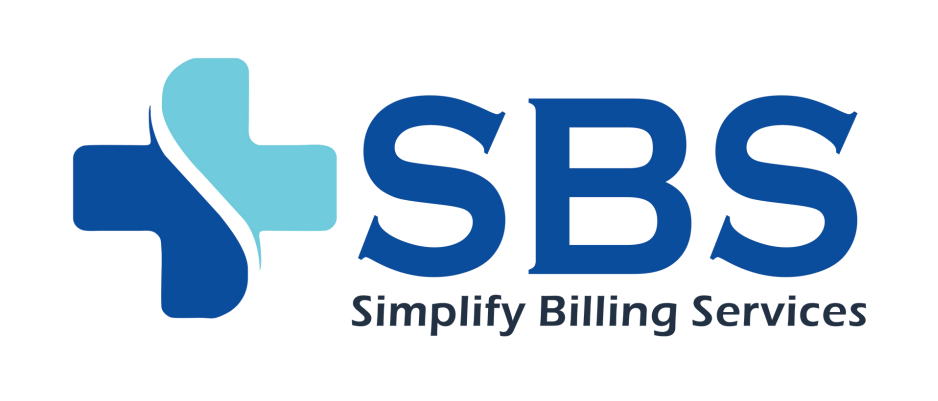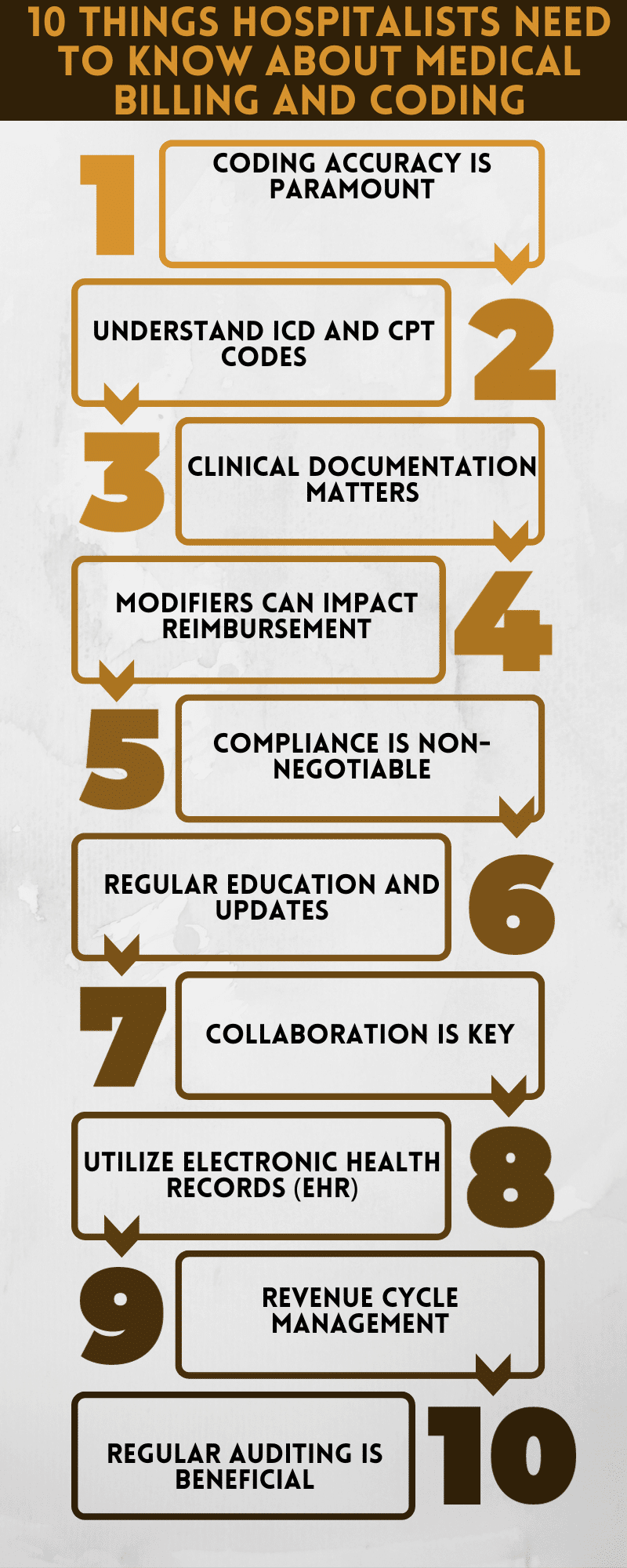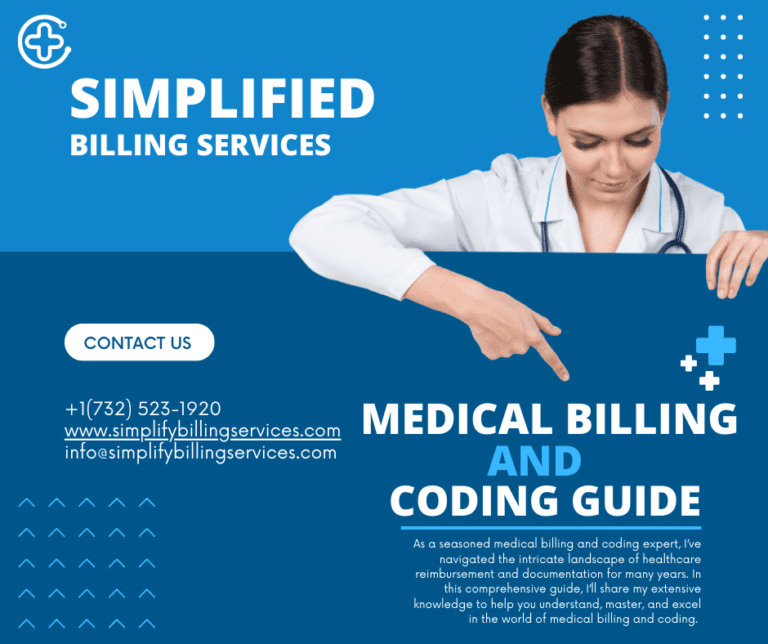Dear fellow hospitalists,
I am excited to share with you my personal journey and insights into the intricate world of medical billing and coding.
This is an aspect of our profession that often remains in the shadows, but it is essential for us to understand how it works to ensure our practices run smoothly and patients receive the care they need.
In this article, I will delve into the fundamental aspects of medical billing and coding, including its importance, challenges, and tips to make the process more manageable.
Understanding the Basics: Medical Billing and Coding
Let’s start with the basics. Medical billing and coding are the crucial processes that ensure healthcare providers receive appropriate reimbursement for the services they render.
These processes involve translating medical diagnoses, procedures, and services into standardized codes that insurance companies, government agencies, and patients can understand.
The coding system used in the United States primarily consists of two key components:
- ICD (International Classification of Diseases) Codes: These codes capture the patient’s diagnosis or condition. They are instrumental in determining the medical necessity of services provided.
- CPT (Current Procedural Terminology) Codes: These codes describe the services and procedures performed. They are essential for pricing and billing purposes.
The Importance of Medical Billing and Coding for Hospitalists
As hospitalists, our role in the healthcare system is pivotal. We are responsible for the comprehensive care of patients during their hospital stay.
It is, therefore, crucial that we understand the significance of medical billing and coding in our day-to-day practice.
- Reimbursement: Proper coding ensures that the services we provide are accurately billed and reimbursed. It’s essential to code accurately to avoid underbilling or overbilling, which can have legal and financial consequences.
- Patient Care: Correct coding also contributes to better patient care. Accurate codes provide a clear and concise record of a patient’s condition and treatment, aiding in continuity of care when patients transition between providers or healthcare settings.
- Compliance: Staying compliant with the ever-evolving regulations and guidelines is essential. Medical billing and coding are subject to frequent changes, and it’s our responsibility to stay informed and adapt.
Challenges Hospitalists Face in Medical Billing and Coding
Now, let’s address the challenges that hospitalists often encounter in the world of medical billing and coding.
- Complexity: The coding system can be incredibly intricate. Hospitalists must decipher complex medical records to ensure accurate coding.
- Time-Consuming: Accurate coding can be time-consuming, taking away valuable time that could be spent with patients.
- Coding Updates: Frequent updates and changes in coding guidelines require constant learning and adaptation.
- Regulatory Hurdles: Hospitalists need to navigate a web of regulatory and compliance issues, including those related to Medicare and Medicaid.
10 Things Hospitalists Need to Know About Medical Billing and Coding
- Coding Accuracy is Paramount: Accurate coding is crucial to ensure that healthcare services are appropriately billed and reimbursed. Inaccurate coding can lead to financial losses and compliance issues.
- Understand ICD and CPT Codes: Hospitalists should have a good grasp of International Classification of Diseases (ICD) codes, which describe patient diagnoses, and Current Procedural Terminology (CPT) codes, which detail medical procedures. These codes are the foundation of billing and coding.
- Clinical Documentation Matters: Detailed and clear clinical documentation is the cornerstone of accurate coding. Hospitalists should ensure that medical records accurately reflect patient encounters.
- Modifiers Can Impact Reimbursement: Modifiers are used to provide additional information about a procedure or service. Proper use of modifiers can affect reimbursement, so understanding them is important.
- Compliance is Non-Negotiable: Staying compliant with coding guidelines and healthcare regulations is essential. Hospitalists need to be aware of fraud and abuse laws to avoid legal and financial repercussions.
- Regular Education and Updates: Coding guidelines and regulations change frequently. Hospitalists should invest in continuous education to stay up-to-date with the latest coding changes.
- Collaboration is Key: Effective communication and collaboration with coding and billing staff, as well as other healthcare professionals, are vital to ensure accurate coding and billing.
- Utilize Electronic Health Records (EHR): Electronic Health Records (EHR) systems often include coding features that can streamline the process. Hospitalists should be familiar with these systems to increase efficiency.
- Revenue Cycle Management: Understanding the revenue cycle, which includes everything from patient registration to claims submission and follow-up, is critical to ensure the financial health of the hospital.
- Regular Auditing is Beneficial: Periodic coding audits can help identify and rectify coding errors or issues in the documentation process. It’s a valuable tool for quality improvement.
Important Elements for Hospital Medical Billing and Coding
In addition to the challenges, here are some of the important elements to consider when dealing with hospital medical billing and coding:
- Accurate Documentation: Detailed and precise documentation of patient encounters is paramount. Ensure that all relevant information is captured in the medical records to support accurate coding.
- Proper Use of Modifiers: Modifiers provide additional information about a procedure or service and can affect reimbursement. Understanding how and when to use modifiers is crucial.
- Team Collaboration: Work closely with other healthcare professionals, including nurses, specialists, and coders, to ensure a comprehensive understanding of the patient’s care.
- Revenue Cycle Management: Understanding the entire revenue cycle process, from patient registration to claims submission and follow-up, is vital to ensure a smooth financial flow.
- Compliance and Auditing: Regular compliance audits can help identify areas for improvement and ensure adherence to coding guidelines and regulations.
- Health Information Management (HIM): Familiarize yourself with HIM principles and practices to maintain accurate and complete patient records.
Tips to Navigate the World of Medical Billing and Coding
To make this process more manageable, here are some valuable tips:
- Ongoing Education: Stay updated with the latest changes in coding guidelines and regulations. Regular educational sessions are crucial.
- Collaboration: Work closely with your hospital’s billing and coding department. Effective communication ensures that everyone is on the same page.
- Thorough Documentation: Document patient encounters comprehensively and clearly. Accurate and detailed records are essential for proper coding.
- Quality Over Quantity: Focus on accurate coding rather than rushing through it. Precision is key to avoiding errors.
- Regular Audits: Periodic audits of your coding processes can help identify and rectify any issues.
- Utilize Technology: Many hospitals and healthcare systems have adopted electronic health records (EHR) and coding software. Familiarize yourself with these tools to improve efficiency.
Conclusion
In the realm of hospital medicine, medical billing, and coding may not be the most glamorous aspect of our practice, but it is undeniably one of the most crucial.
Understanding its intricacies, challenges, and importance is vital for us as hospitalists.
By embracing these concepts and incorporating them into our daily routines, we can ensure the highest level of patient care and financial stability for our hospitals.
I hope my experiences and insights have shed light on this vital aspect of our profession.
Please feel free to reach out if you have any questions or would like to discuss this topic further.
Together, we can navigate the world of medical billing and coding, providing the best care for our patients and supporting the success of our hospital practices.



